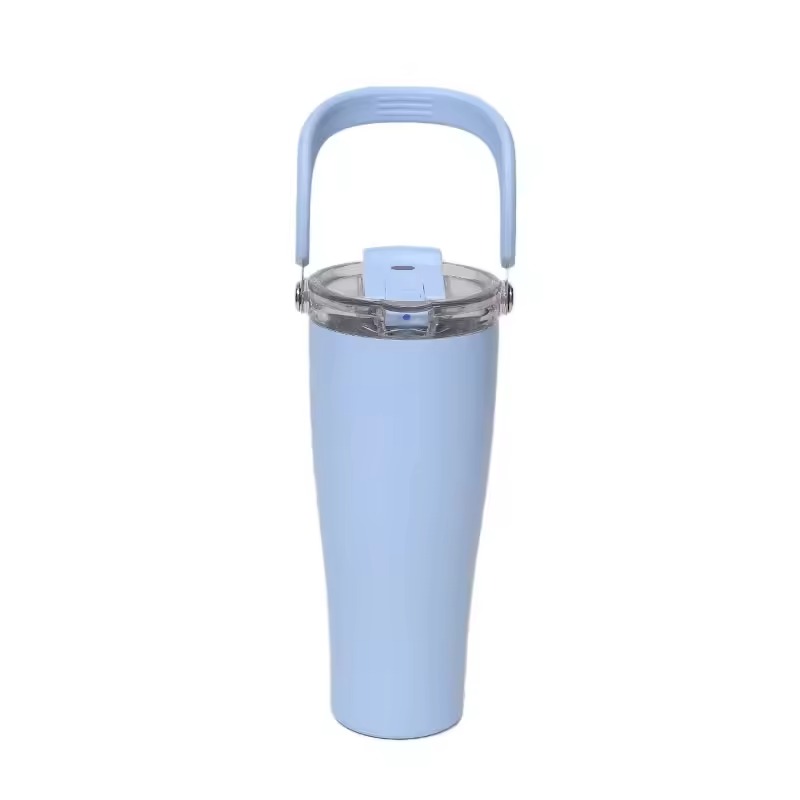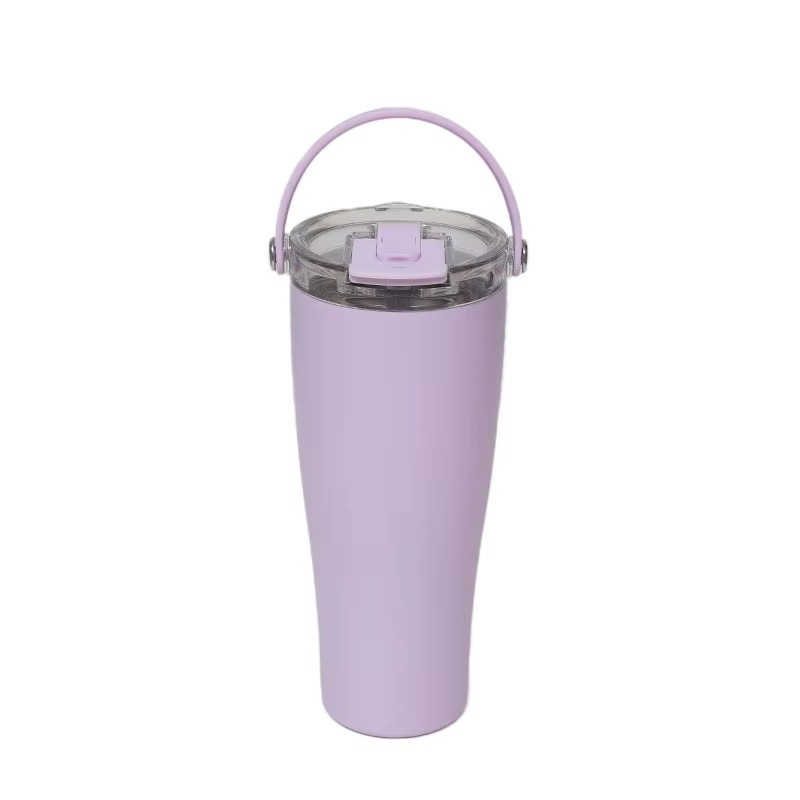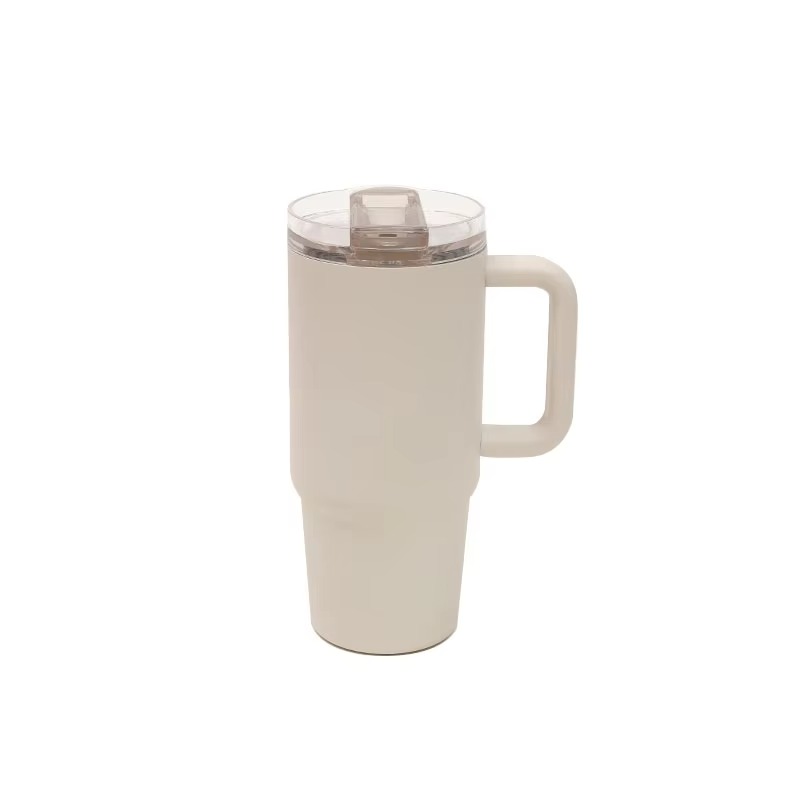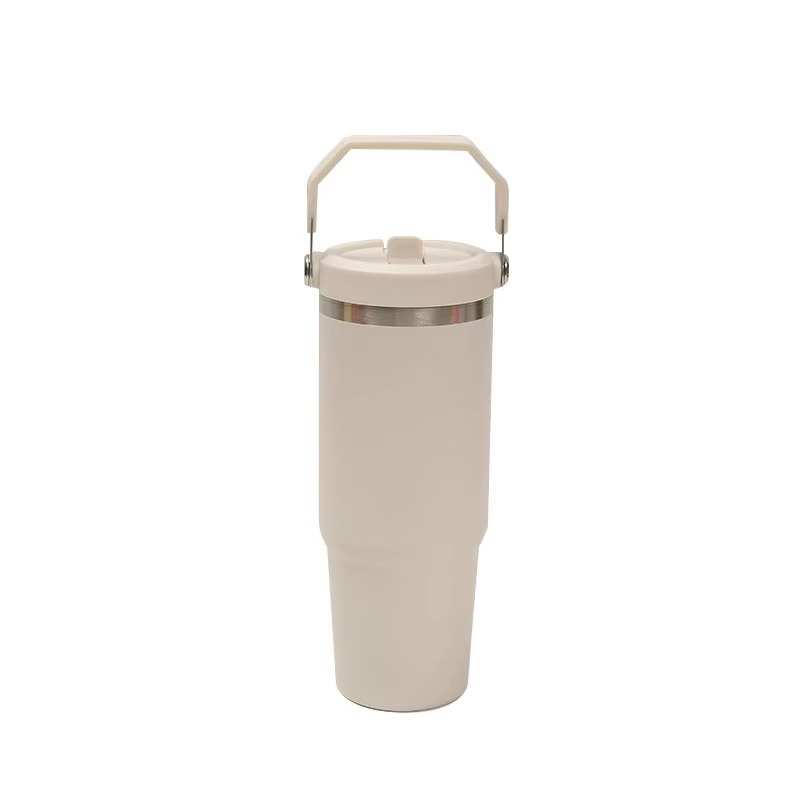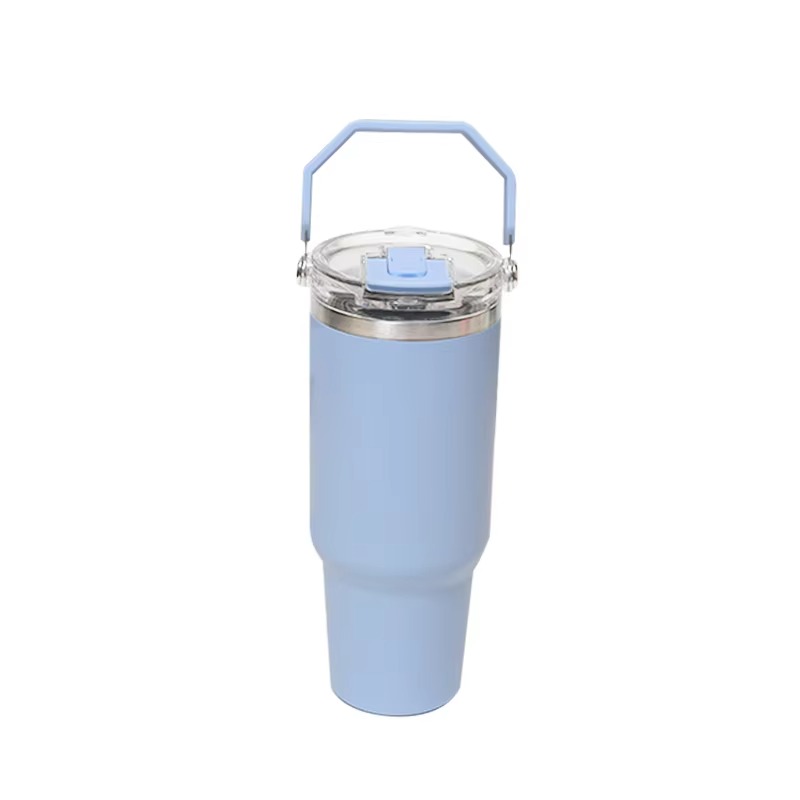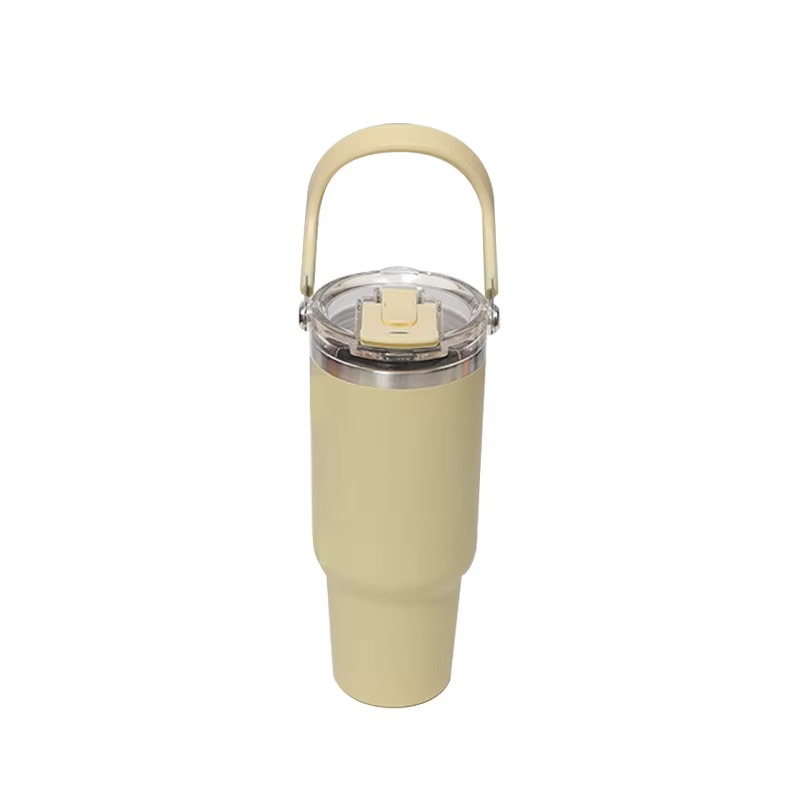A growing number of consumers are turning to insulated drinkware that combines daily convenience with durable build quality, and Automugfactory this week published a practical guide aimed at helping owners get the most from their travel cups. The feature — written as a clear, user-focused news piece — explains how vacuum-insulated travel mugs work, outlines common signs of wear, and offers simple maintenance steps to extend usable life without relying on technical specifications.
Industry observers say the appeal of a well-made travel cup lies in its everyday usefulness: when a cup keeps a drink near the desired temperature and is simple to keep clean, it becomes part of a routine rather than a disposable item. Automugfactory’s guide emphasizes that basic care and attention to lids and seals are the primary factors that influence a product’s longevity and hygiene. The publication avoids technical jargon in favor of accessible instructions readers can apply right away.
How insulating travel cups operate is straightforward: a double-wall construction with a sealed gap reduces heat transfer between the interior and exterior, while a snug lid helps limit air exchange and prevent spills. Rather than focusing on laboratory metrics, the guide highlights practical results — whether a hot drink stays comforting during a commute or a cold beverage remains refreshing during errands. For people who use a cup throughout the day, these functional benefits contribute to a more pleasant drinking experience.
Automugfactory’s piece also spotlights everyday issues that owners should watch for. Persistent odors that do not vanish after cleaning, visible damage to the cup body, or lids that no longer seal reliably are cited as common reasons to consider replacing a component or the entire unit. The company recommends routine inspection of removable parts and encourages replacing small pieces such as gaskets when they show signs of wear. This approach preserves the cup’s performance and helps avoid problems that can otherwise develop slowly over time.
Alongside this guidance, readers are given clear cleaning advice that avoids extreme procedures. Regular washing with mild soap and warm water, disassembling lids for a more thorough clean, and allowing all parts to dry fully before reassembly are core recommendations. The guide warns against subjecting insulated metal cups to conditions for which they were not designed, such as exposure to intense heat or prolonged freezing, and advises against storing carbonated beverages due to pressure concerns. For most daily users, these simple precautions are enough to maintain function and hygiene for an extended period.
To make the guidance easy to act on, Automugfactory included a compact maintenance checklist that people can follow at home. This checklist groups common issues with recommended responses, helping readers prioritize safe and effective care steps without needing specialized tools or products.
| Issue observed | Likely cause | Recommended action |
|---|---|---|
| Lingering smells after washing | Trapped residue in lid parts or porous surfaces | Disassemble lid, soak and scrub gently, rinse thoroughly, air dry |
| Reduced sealing or leaks | Worn or misshapen gasket | Inspect gasket, replace if deformed, keep spare on hand |
| Visible dents or damage | Impact or drop | Avoid heavy impacts; if interior is compromised, consider replacement |
| Mold or mildew in crevices | Moisture retained after use | Fully dry parts before storage; clean with mild, food-safe solutions |
| Drinks losing their feel | Damaged seal or internal surface | Check lid and interior; replace small parts or cup if cleaning fails |
Automugfactory’s editorial tone stays practical and consumer-minded, aiming to help readers make small investments in care that yield long-term benefits. Rather than encouraging frequent replacement, the story frames maintenance as a way to keep a favorite cup in rotation for as long as it serves the owner’s needs. That message dovetails with broader trends favoring durable goods and mindful consumption.
Retailers and product designers may find the guide useful as a reference for customer education, while individuals who use an insulated cup during commutes or travel will likely appreciate the no-nonsense steps. Beyond routine cleaning, the article suggests storing travel cups with lids removed so air can circulate, and emphasizes checking small components regularly to prevent stubborn problems from developing.
As people continue to look for items that combine everyday practicality with simple upkeep, Automugfactory’s new guide offers a timely reminder: attentive care, not complex procedures, is the key to keeping a travel cup useful, hygienic, and pleasant to drink from for as long as possible. For readers who want to consult the full care guide and product information, visit https://www.automugfactory.com .

 English
English Español
Español русский
русский